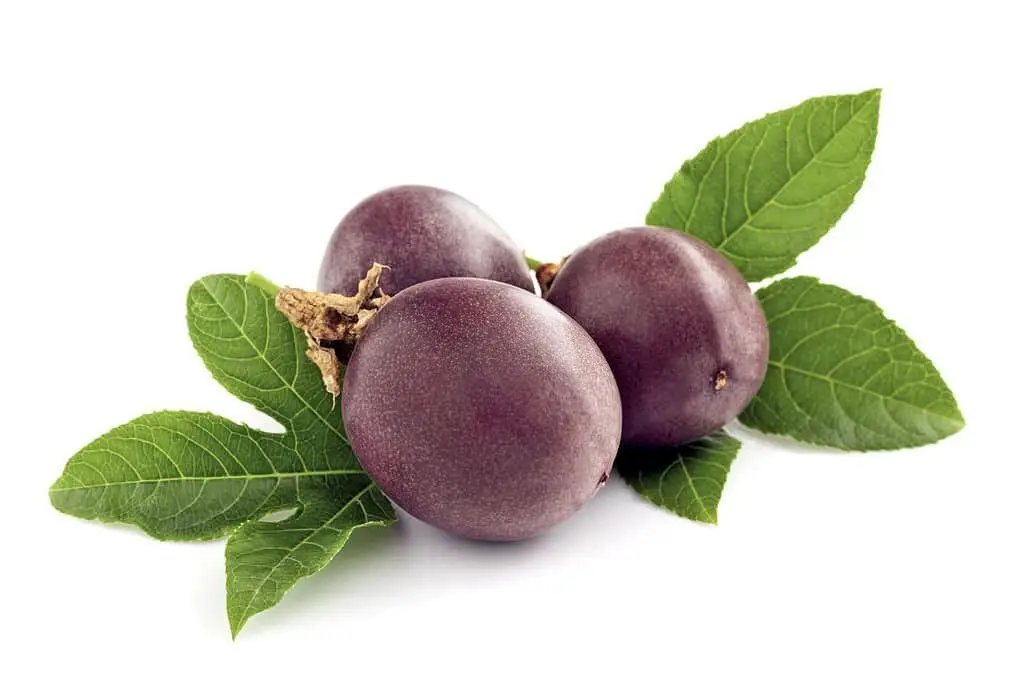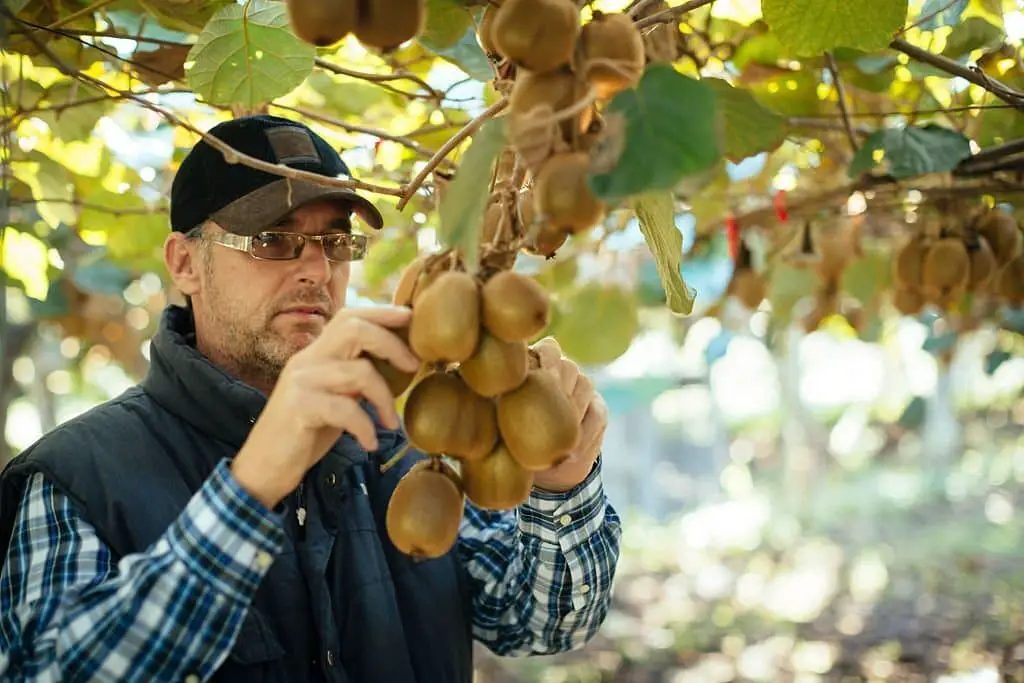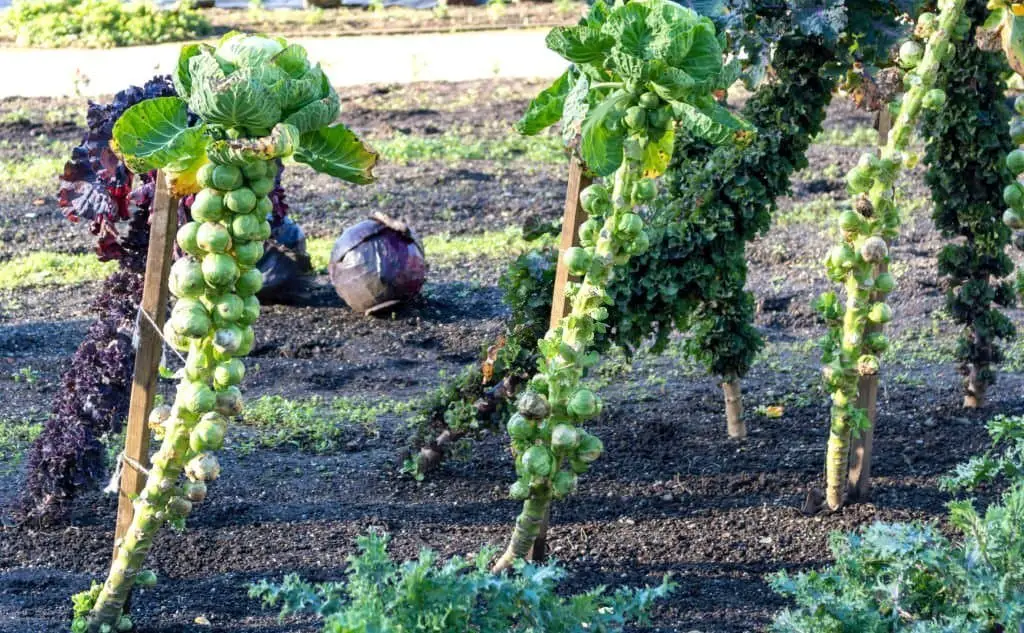11 Types Of Crops Great For Vertical Farming
Vertical farming has emerged as a revolutionary way to cultivate crops, offering a sustainable and reliable means of growing your own food. Whether you’re looking to start a garden outdoors, indoors, or in a greenhouse, this method allows for precise control over what goes into your plants and gives you direct access to homegrown produce. By sourcing your food from your own garden, you can enjoy the satisfaction of reaping what you’ve sown.
Investing in vertical farming not only yields impressive results but also provides a sense of accomplishment as you cultivate your own crops. In this post, we’ll delve into the world of vertical farming and explore the various types of crops that thrive in these environments. Let’s dive in and discover the many benefits of growing your own food vertically.
Vertical farming offers numerous advantages over traditional methods, including increased crop yields, reduced water consumption, and lower carbon emissions. By growing your own food, you can eliminate reliance on industrial agriculture and enjoy a more self-sufficient lifestyle.
What is Vertical Farming?
With the rise of innovative ideas in agriculture, vertical farming has emerged as a groundbreaking concept that redefines the way we grow crops. By stacking layers of vertically-arranged structures, farmers can cultivate multiple crop varieties in a limited space, making it possible to have a thriving garden even without a backyard.
One of the key benefits of vertical farming is its ability to accommodate soilless growing techniques, such as hydroponics, where plants are grown directly in water rather than soil. This enables farmers to create indoor or outdoor gardens that produce fresh crops throughout the year, regardless of weather conditions. The versatility of vertical farming also extends to both edible and decorative plants, making it an ideal solution for gardeners with varying goals.
Types of Crops For Vertical Farming
To successfully cultivate a thriving vertical garden that yields an abundance of fresh produce, it’s crucial to recognize that not all crops will naturally excel in this environment. As such, it’s vital to consistently introduce new and suitable crop varieties to ensure the success of your vertical farming endeavors. Notably, certain crops are better suited for vertical farming than others, including
Kales

When it comes to cultivating kales in your vertical garden, you’ll find an array of varieties to choose from, such as Tuscan, Winter Boar, and Dinosaur. These incredible options can thrive under the right conditions, which include limited sunlight exposure. In fact, incorporating shade is essential for successful kale cultivation, making them a top choice for those embracing vertical farming.
One of the best things about kales is their ease of growth; you can even place them beneath sun-loving plants and they’ll continue to flourish, providing an abundance of produce. When it’s time to harvest, be sure to handle your kale with care to ensure a bountiful yield. Meanwhile, other greens like lettuce and basil are also well-suited for vertical farming and can make a fantastic addition to your crop list.
To get started, consider using hanging pots, shelves, or repurposed pallet planters to give your greens the space they need to thrive.
Tomatoes

When it comes to creating a thriving vertical garden, tomatoes are an excellent choice. These crops are relatively low-maintenance and can tolerate varying conditions. Nevertheless, they do require some guidance to grow upwards effectively. Installing a support system like a cage or trellis is crucial for the tomato vines to flourish while minimizing space consumption in your garden.
Furthermore, vertical gardening allows you to bypass many of the common disease-related issues that arise from traditional ground-level cultivation.
Cucumbers

One of the advantages of growing cucumbers in a vertical farming setting is their lightweight nature, which makes them simple to support using a trellis without worrying about compromising their growth. This characteristic also ensures that the shape of the cucumbers remains straight and true, unlike when they’re grown horizontally where distortion can occur.
The versatility of vertical farming allows you to co-plant cucumbers with other related varieties like zucchini and summer squash, creating a diverse and thriving garden ecosystem.
Peas

When it comes to vertical gardening, peas are an excellent choice due to their low maintenance requirements. As they’re capable of retaining nutrients and water for extended periods, watering and fertilizing can be done sparingly. This approach not only conserves resources but also encourages the plants to focus on growth and development. Nevertheless, peas do require a supporting structure such as a trellis or pole to help them grow upwards.
As climbing plants, they need this support to reach their full potential and provide the desired yield.
Green Beans

When selecting green beans for your vertical garden, prioritize the pole variety, as they excel in this type of system. Their ability to climb up trellises makes them well-suited for vertical farming. Additionally, green beans don’t demand extensive sunlight, making them a suitable choice for spaces that receive partial shade. This variety also tends to produce an abundance of beans, ensuring a consistent supply over several months – a worthwhile investment in the long run.
Passion Fruits

When it comes to choosing fruit options for your vertical garden, passion fruits are an excellent choice worth considering. While they do require some effort to maintain, they can flourish in a vertically farmed setting. One crucial aspect of cultivating passion fruits is regular pruning, which stimulates healthier fruit growth. As such, you’ll need to dedicate time to nurturing these plants if you want them to thrive.
It’s also essential to provide passion fruits with the right conditions, as they typically do well in warm weather. Keep in mind that if left unchecked, passion fruits can quickly spread and dominate your garden, making regular maintenance a necessity.
Mint

Mint is an excellent choice for those new to vertical farming or looking to cultivate a low-maintenance herb. This versatile plant thrives in outdoor balconies or indoor environments, making it ideal for beginners. With minimal effort required for care and cultivation, mint is the perfect crop to introduce you to the world of growing your own food. Plus, its rapid growth rate means you’ll be enjoying your fresh produce in no time.
Moreover, harvesting your mint is a breeze, allowing you to collect your bounty without disrupting the crop’s natural development.
Sunflowers

Sunflowers can be a fantastic addition to your vertical garden, not only because they’re easy to care for but also because they grow naturally upright, eliminating the need for trellises or supports. By incorporating these bright and cheery blooms into your design, you’ll introduce a pop of vibrant color and add visual interest with their diverse heights and textures.
Kiwi.

Kiwifruit, also known as Chinese gooseberry, is a type of berry that grows on several species of woody vines in the Actinidia genus. The most common cultivar group has an oval shape, similar to a large hen’s egg, with a fibrous and dull greenish-brown skin. When you cut open the fruit, you’ll find rows of small, black seeds surrounded by bright green or golden flesh. The texture is soft and the flavor is sweet, yet unique.
Kiwifruit is native to north-central and eastern China, where it was first cultivated in the early 20th century. From there, it spread to New Zealand, where two main cultivars – Actinidia deliciosa and A. chinensis – were developed. Today, kiwifruit can be found growing in other countries such as Italy, Chile, Greece, and France.
Melons.

Melons may vary in size and appearance, but they share one crucial characteristic: their suitability for vertical farming. Their lightweight nature means they don’t put excessive strain on supports, whether it’s a trellis or shelves. Additionally, melons are relatively low-maintenance crops that can thrive in crowded conditions, making them an ideal choice for vertically stacked farms where space is limited.
Perhaps most importantly, melons are a culinary delight, offering the perfect refreshing snack during any season of the year.
Brussels sprouts.

Vertical farming takes the concept of traditional agriculture and turns it on its head – literally. By growing crops in vertically stacked layers within a controlled environment, this innovative approach allows for a year-round harvest, eliminates the need for pesticides, and reduces water and land usage. Among the many crops that thrive in this setup are Brussels sprouts, which are particularly well-suited due to their compact size and ability to flourish in cool weather conditions.
This makes them an ideal choice for vertical farming, where they can be grown consistently throughout the year. What’s more, Brussels sprouts are a nutrient-rich vegetable, boasting high levels of fiber, vitamins C and K – making them a great addition to any diet.
FAQs
Why is lettuce good for vertical farming?
Lettuce emerges as an attractive choice for vertical farming due to its versatility and adaptability. Not only does it boast a relatively short growth period, allowing for perpetual production within controlled environments, but it also exhibits low-maintenance requirements in terms of water and fertilizer usage. Furthermore, lettuce thrives in proximity to other plants, making it an excellent candidate for densely-packed vertical farms where space is at a premium.
Can rice be grown in vertical farms?
While it may come as a surprise, rice can indeed be cultivated in vertical farms. In fact, this crop is commonly raised in such environments. The controlled setting that vertical farming provides makes it an ideal choice for growing rice, as the conditions can be tailored to meet the specific needs of the crop. Furthermore, vertical farming offers the added benefits of water and space conservation, both crucial factors in rice cultivation.
Which countries use vertical farming?
In a growing trend, several countries including the Netherlands, Belgium, Japan, and the United States are adopting vertical farming to cultivate crops indoors. This innovative approach not only conserves land and water resources compared to traditional methods but also enables year-round production, regardless of extreme weather conditions. As technology continues to evolve, it’s likely that vertical farming will become a mainstream practice in the near future.
How fast is vertical farming growing?
The market for vertical farming is projected to experience a remarkable surge in growth, with a compound annual growth rate of 24.8% anticipated from 2020 to 2027, according to MarketsandMarkets’ report. The driving forces behind this expansion are the increasing demand for fresh and organic produce, as well as the pressing need to mitigate the environmental impact of traditional agriculture.
As consumers become more discerning about the quality and sustainability of their food options, vertical farming is poised to play a significant role in meeting these needs.
Which crop is best for vertical farming?
While a one-size-fits-all approach may not be feasible, certain crops naturally lend themselves to the controlled environments of vertical farming. Leafy greens, herbs, and small fruits and vegetables are often well-suited for this method due to their distinct needs regarding light, water, and nutrient availability.
Each crop type has its own set of specifications that must be met in order to thrive, whether it’s the precise amount of direct sunlight required by leafy greens or the consistent moisture levels demanded by herbs.
Related Posts
While many people turn to chemical-based solutions for bed bug elimination, it’s crucial to explore the efficacy and potential risks of common household remedies. The four most commonly debated alternatives include hydrogen peroxide, baby powder, boric acid, ammonia, Lysol, and washing clothes. Let’s delve into each solution’s effectiveness in eradicating these pesky pests, as well as any necessary precautions or tips for usage.






